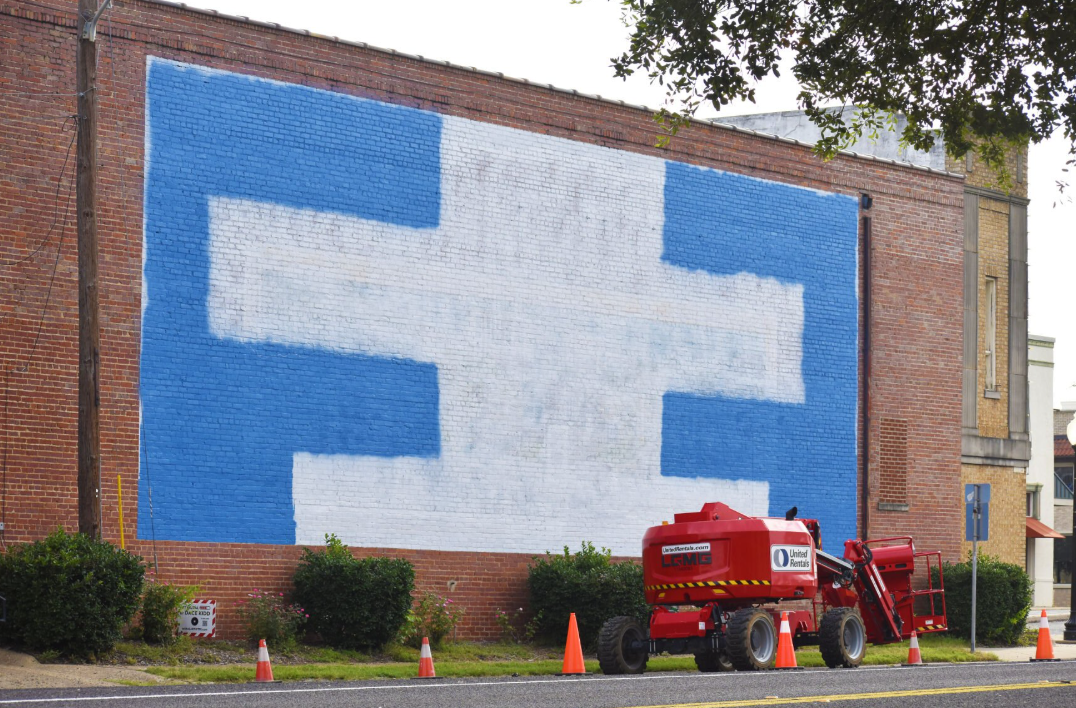Rethinking Amtrak after the accident
Published 7:55 pm Sunday, May 17, 2015
It’s still unclear what caused that horrific Amtrak crash near Philadelphia last week — though officials have confirmed the train was going more than 100 miles-per-hour around a 50-mph curve.
But one aspect of the story provides yet another reason why Amtrak should be broken up and privatized. Because it’s a quasi-governmental agency, Amtrak’s liability for damages — for the eight deaths and more than 200 injured — is limited.
Trending
“No matter how deadly this week’s Amtrak crash proves to be, the railroad’s legal exposure is capped at $200 million,” CNN Money reports. “The hard limit on what Amtrak can pay out after an accident means that the more victims there are, the less money each individual victim will get. Victims could end up with about half of what they would get if there wasn’t a cap, according to Marc Wietzke, a Long Island attorney who specializes in representing victims of train crashes.”
In our system, people can turn to the civil courts for relief when they’ve suffered at the hands of another. That’s called tort law, and it’s a way to seek justice. Yes, there have been excesses, and that’s why our state’s tort reforms in 2003 were both appropriate and effective.
But in our system, governments have a (sometimes limited) immunity. That’s what’s at work here.
“The $200 million-per-crash cap on liability was put in place to limit the cost to taxpayers,” CNN Money explains. “Amtrak is subsidized by the federal government, which covers its losses. Its most recent annual request to Congress was for $2 billion.”
There’s another factor at work here; Amtrak isn’t independently insured for such losses. Instead, it’s self-insured. And that means us — the taxpayers — are on the hook for judgments against it.
That’s one very good reason to break up Amtrak and privatize the viable portions of it. If Amtrak was a private company, it would have the liability (and likely the insurance) to properly compensate the people killed and injured as the result of the company’s actions.
Trending
Take American Airlines Flight 1420, which went off a runway at Little Rock National Airport in 1999. A crew member and 10 passengers were killed. Dozens more were injured.
Damages awarded by Arkansas juries ranged from a few hundred thousand dollars to $5.7 million for one of the deaths. And American Airlines paid — as it should have.
Privatizing Amtrak just makes sense.
“Amtrak has been providing second-rate train service for almost four decades, while consuming almost $40 billion in federal subsidies,” notes the Cato Institute. “The system has never earned a profit and most of its routes lose money. … Privatization would allow Amtrak greater flexibility in its finances, in capital investment, and in the operation of its services.”
Amtrak should also be broken up. As we’ve said before, it’s not really a single company with a single mission. It’s a commuter train in the Northeast and a tourist novelty in the West.
The tragic crash last week provides an opportunity to reconsider why the government is in the train business at all.







